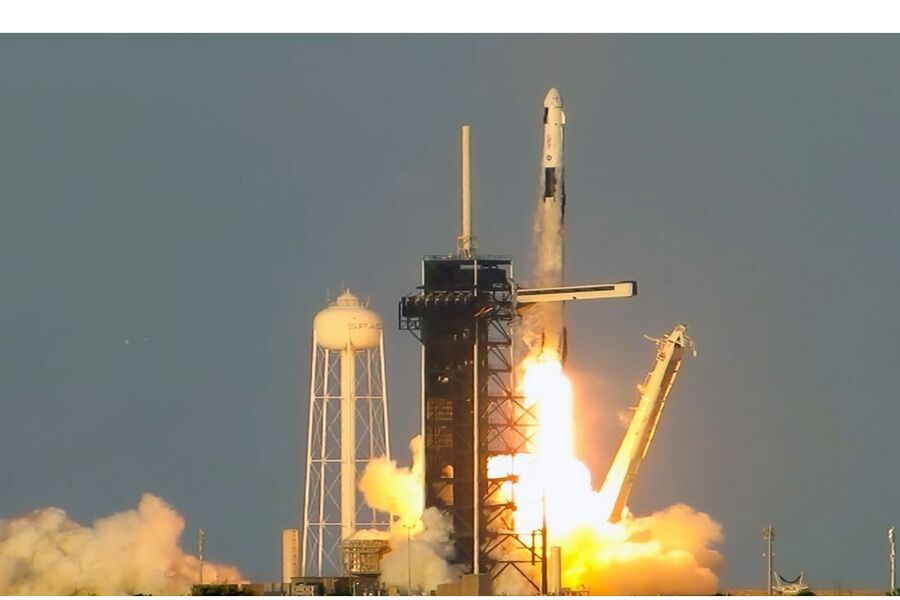Wins and Woes: SpaceX’s Wild Start to 2025
SpaceX Kicks Off 2025 with Falcon and Dragon Milestones
SpaceX began 2025 with its signature momentum, aiming for a record-breaking 180 launches using its Falcon rocket family. Although that target was later revised down to 170, the company still exceeded its Q1 performance from 2024 by launching 36 missions, a 16% year-over-year increase. While the Falcon 9 program has had a strong, failure-free start to the year, it hasn’t been without challenges. A second-stage deorbit issue left debris in orbit for weeks, eventually reentering over northern Europe. Additionally, booster B1086 was lost due to a fuel leak that ignited after landing. Despite setbacks, SpaceX maintained the world’s highest launch cadence, outperforming other space programs—including China’s 17 launches in the same period.
New Records and Fleet Growth Define Falcon’s Momentum
SpaceX’s Falcon program also hit several milestones this quarter. The company broke turnaround records at key launch pads and pulled off three successful launches Crew-10, Transporter-13, and Starlink Group 12-16 within 13 hours. Booster B1067 led the fleet with 26 missions, while B1088 set a record for fastest turnaround time between two launches: just over nine days. SpaceX’s booster fleet grew to 17 active vehicles by March, with new additions like B1093 joining on the West Coast and others preparing for debut. Reused fairing halves have become increasingly trackable too, with SN185 suspected of flying more than 25 times, aided by visible serial numbers now added to their base.
Preparing for the Future: Launch Site Expansion and Environmental Reviews
To support increasing launch demand, SpaceX is working with the FAA and NASA to prepare new environmental assessments for its Florida launch complexes. A new draft EA proposes increasing SLC-40’s launch cadence from 70 to 120 launches annually, along with building an on-site landing pad for Falcon boosters once the lease for Landing Zones 1 and 2 at LC-13 ends in July 2025. At LC-39A, another EA is under review that would allow up to 36 Falcon launches per year and introduce a new booster landing zone to the north of the pad—potentially with two pads to support Falcon Heavy.
Starship Faces Setbacks But Remains a Priority
Meanwhile, SpaceX’s Starship program experienced setbacks in early 2025 with two consecutive failures involving a new version of its upper stage. However, the company successfully recovered Super Heavy boosters from both missions and is preparing to reuse one of them in its next flight an important step in validating Starship’s reusability goals. Despite the issues, SpaceX remains committed to ramping up Starship development in Florida, with infrastructure improvements underway at both Roberts Road and LC-39A. While the Falcon program continues to dominate near-Earth operations, these developments signal that Starship still plays a major role in SpaceX’s long-term strategy.
